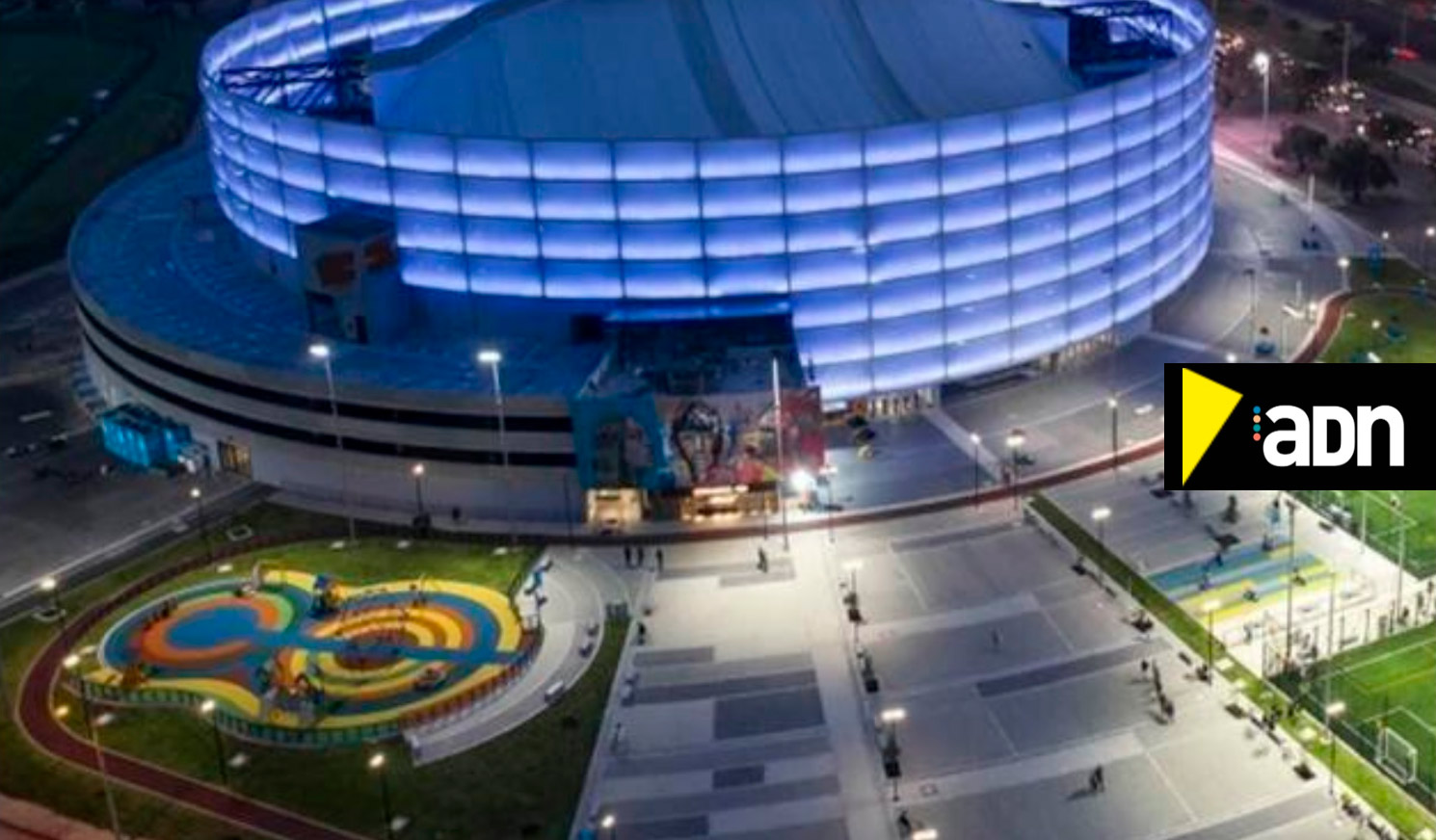Meanwhile, in the United States, Madison Square Garden has incorporated augmented reality technology and crowd control systems that optimize safety and audience interaction. As well as these, there are many other examples that demonstrate how smart scenarios, and even other large spaces such as shopping centres, are setting trends and transforming with the integration of state-of-the-art connectivity technologies, augmented reality, big data, artificial intelligence and the Internet of Things (I or T), among others.
Now, the Movistar Arena, located in the city of Bogotá, has also been a great example of this context. Not only because of its emblematic façade, which allows LED lighting or different types of messages, but also because they have already managed to integrate different technological strategies to make their ticket office digitized or have free WiFi for their more than 14,000 spectators.
Behind this great commitment to WiFi Marketing connectivity is OhmyFi, a Colombian company that developed a Software as a Service platform that operates through servers in the cloud and based on WiFi connection protocols in spaces like this or in shopping centers such as Diver Plaza, Multiplaza, among others.
Liceth Orozco, CEO of this company, highlights the crucial role that j
WiFi Marketing will be used in the digital transformation of stages and shopping centers in the coming years for both their owners and for brands or advertising agencies. “Companies are taking advantage of the high traffic in these places where connectivity becomes key to improving people’s experience. But it also serves to carry out marketing strategies, promote services or products, communicate, know the impact and scope of your advertising, capture visitor data and build user loyalty with personalized messages, minimizing the costs of a normal campaign.”
In that sense, one of those success stories is that of the Movistar Arena in Bogotá, one of the most important stages in the capital, and which will host concerts in the next semester by artists such as Residente, Cultura Profética, Medrano, Camilo, Myke Towers, among others.
“During 2023, on average, more than seven thousand devices connected monthly to a WiFi network through OhmyFi’s captive portal. In events, it was possible to reach up to more than two thousand new devices. And already, this year alone, more than 16 thousand registrations or new leads have been collected within this space,” Orozco emphasizes.
It should be noted that there are different benefits that this type of technology provides for companies, such as the registration and measurement of connections, because thanks to captive portals it is possible to capture specific user data that can be used to personalize offers and promotions, promote direct interaction and communication with users by sending personalized and relevant marketing messages during each event or, Position the brand in new market segments.
OhmyFi’s management points out that WiFi Marketing technologies are constantly evolving, and in the coming years, brands will collect and analyze more data on customer behavior in their physical locations, which will be used to improve marketing strategies, optimize product distribution, and improve the overall customer experience. This will be made possible by integrating with other technologies, such as augmented reality, virtual reality, and digital signage, to create more engaging and interactive experiences for customers.
In short, WiFi Marketing or rather “marketing through Wi-Fi” is emerging as a fundamental tool for the future of large stages, which will boost the concert business, improving the fan experience and opening a world of possibilities for brands.








